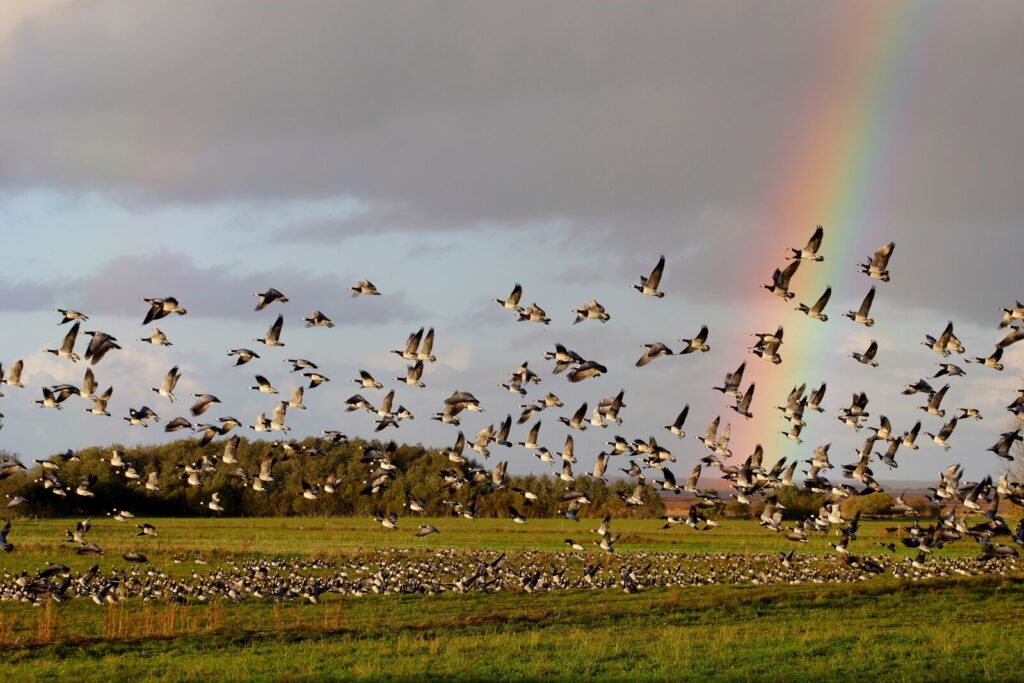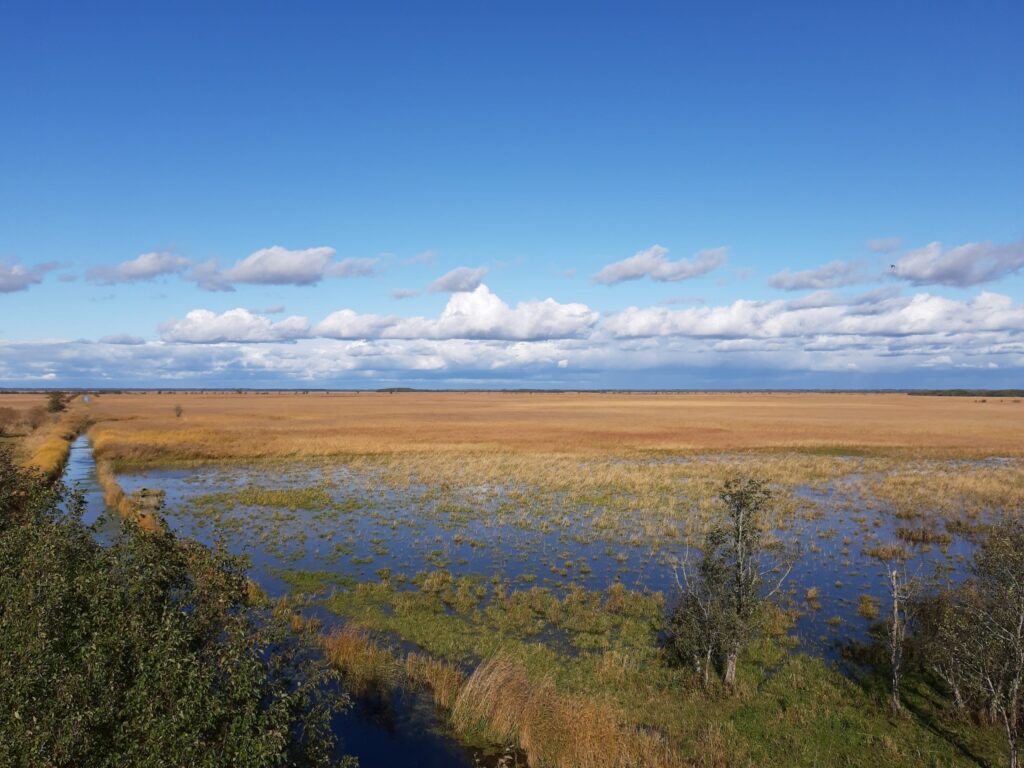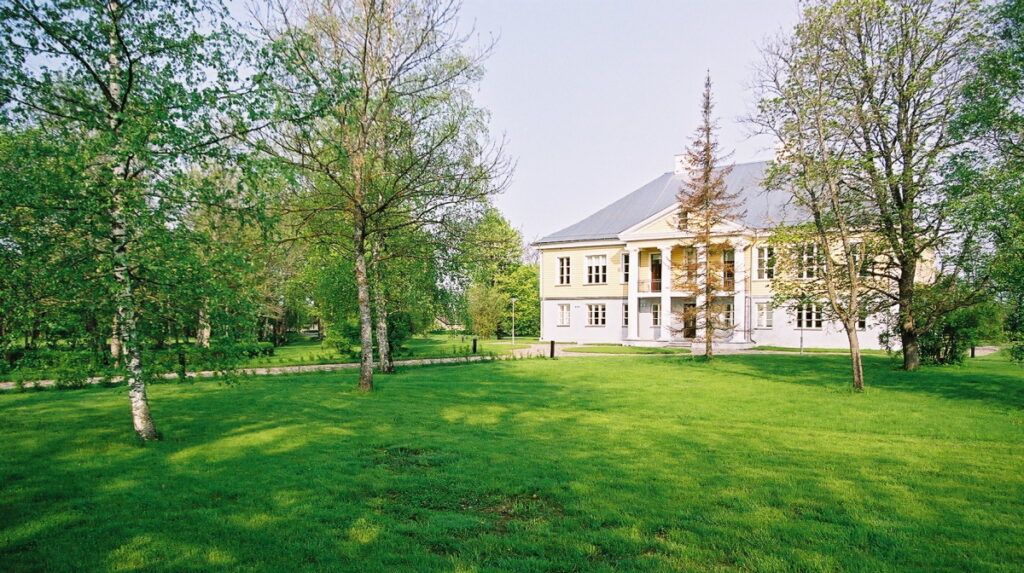Matsalu
Matsalu National Park covers the shallow-water Matsalu Bay and its coast, the estuary of the Kasari River and nearly 50 islands and bays, together with the surrounding Väinmeer Sea.
It’s a birdwatcher’s paradise, one of Europe’s most important waterfowl stopovers on the migration route between the Arctic and Western Europe.
In addition to birds, Matsalu National Park also protects semi-natural communities typical of western Estonia: coastal and marsh meadows, marsh and wooded meadows, reed beds, small islands, and the cultural heritage of the Väinameri.


Matsalu is home to the 4,000 hectare Kasari Marsh, Europe’s largest preserved lagoon, which is an important breeding area for the corncrake, spotted sandpiper and grasshopper duck. More than 2 million waterfowl fly through the national park every year, of which more than 230 000 stay for a shorter or longer stay.
The largest of its kind along the Baltic Sea is the Kasar estuary, which covers almost 3000 ha and where you can hear wading birds, the best known of which is the hippopotamus. Matsalu’s coastal wetlands are some of the largest in Europe and are important for waders (e.g. tilder, sandpiper, coot) nesting here, due to their low vegetation and reed-free waters.
Meadows are maintained by cattle. You may also see white-tailed eagles and meadowlarks. Animals most likely to see a reindeer from the Kloostri lookout tower
Plant lovers will find plenty of conifers among the oaks and hazel trees in the species-rich wooded meadows. The diversity of the west coast’s rugged landscapes is enhanced by the limestone shoreline reefs formed by Silurian coral reefs. Old haystacks with reedbeds and kalurionne have been restored.
Penijõe Manor is home to the Visitor Centre of Matsalu National Park, where you can learn about the nature, history and heritage culture of the protected area in the permanent exhibition and watch the 20-minute slide show “Matsalu Year. Life in Matsalu from ice to ice”.
